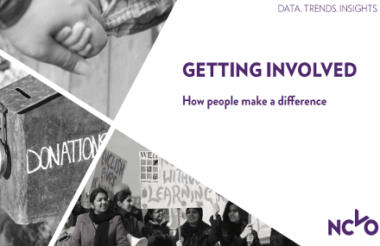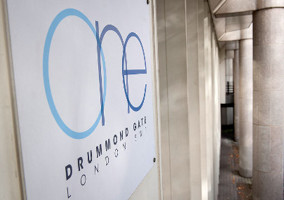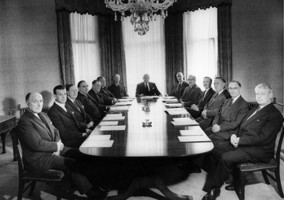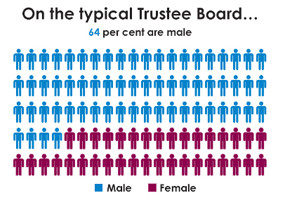A new report published by NCVO shows a lack of diversity among people formally volunteering with charities, which it says poses “a big challenge” for the sector.
The report, Getting Involved, gives an “overview of the different ways and activities in which people participate in society” including membership rates for bodies such as trade unions, religious groups and political affiliations.
Among people formally participating with charities, through either volunteering with an organisation, becoming a trustee or campaigning, NCVO’s report shows there has been “minimal change in the demographics of who gets involved” over the last decade.
Formal volunteers 'well resourced and highly educated'
Those formally participating with charities are predominantly “people from well resourced and highly educated backgrounds”. The report said the largest differences in terms of demographics concern “socio-economic status and education, with people in higher social grades and a higher level of education being more likely to get involved”.
The report also suggests the sector needs to expand, or rely less heavily upon, what it calls the ‘civic core’. This is a “relatively small proportion of the population” who are responsible for the bulk of volunteering, charitable giving and civic participation.
The report found the ‘civil core’ was made up of more than 50 per cent women, with a third of members having a degree or higher level of education and more than 50 per cent likely to earn a “higher salary”. The report also found that over 40 per cent of the civic core practise a religion.
The report said: “While there is a huge diversity of activities, the picture is quite different when looking at who is involved. Levels and types of involvement vary according to demographics.
“The greatest disparities concern socio-economic status and education level: people in higher social grades and with a higher level of education are more likely to get involved in most activities. Likewise, people contributing a disproportionate amount of time – the ‘civic core’ – are drawn predominantly from the most prosperous, middle-aged and highly educated sections of the population.”
Formal volunteering ‘less inclusive’
The report also found that “formal activities” were “less inclusive” than non-formal activities. Differences in participation rates between higher and lower levels of education are smaller for “informal volunteering” than for formal volunteering. This figure was also found to be true for differences between social grades and ethnic groups, “suggesting that more formal activities present more barriers to getting involved”.
The report also broke down volunteering rates by ethnic group. It found that, in 2015/16 one in five BME people had formally volunteered at least once in the last month, versus just over a quarter of white people. The gap was similar when looking at formal volunteering rates across the last 12 months.
It found however that rates of volunteering informally were broadly similar, with 61 per cent of BME respondents versus 60 per cent of white respondents.
The report also showed that 68 per cent of BME people had donated to a charity in the past month, versus 74 per cent of white people across the same time period.
Sector needs to innovate
Karl Wilding, director of public policy and volunteering at NCVO, said: “Organisations of all kinds will need to innovate in the sort of opportunities they offer in order to lift their levels of volunteering and to attract a more diverse range of people.
“Many organisations are already thinking about and doing this, and we should all try to learn from them.
“If we are to create a society able to address the diverse needs of all who live in it, we need to make sure that people from all walks of life are able to join in and work towards change.”
Related Articles












